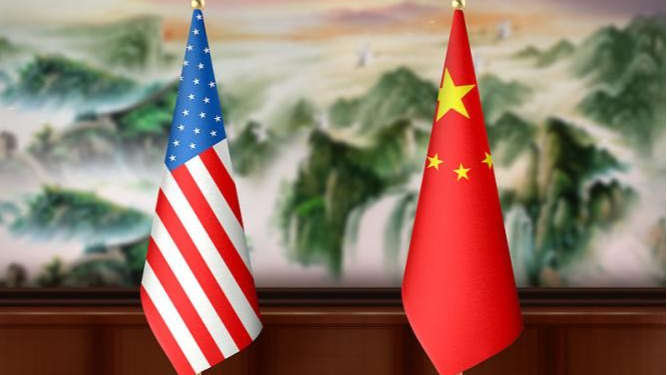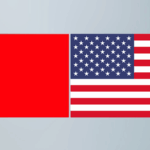The recent 90-day extension of the China-U.S. trade truce has injected cautious optimism into global markets, offering a reprieve from escalating tensions that have rattled supply chains and corporate strategies since 2018. As the world's two largest economies agree to suspend further tariff hikes, businesses from Silicon Valley to Shenzhen are recalibrating their operations amid newfound stability.
Breathing Room for Supply Chains
The truce secures critical predictability for autumn's high-demand period, particularly for electronics, apparel, and holiday-season consumer goods. With existing tariffs remaining at 30% on Chinese imports and 10% on U.S. goods, companies gain temporary relief to adjust procurement strategies and hedge against currency fluctuations—a vital advantage in today's volatile economic climate.
Beyond Tariffs: Strategic Opportunities Emerge
Recent moves like China's easing of rare earth export restrictions and the U.S. reversal on high-performance chip bans suggest potential for targeted sector agreements. These developments, coupled with a narrowing U.S. trade deficit with China (-14% since March), highlight how structured dialogue can address imbalances more effectively than unilateral measures.
The Road Ahead: APEC Summit Looms Large
With the APEC Leaders’ Meeting approaching, both nations face political imperatives. For Washington, securing tangible trade wins could bolster domestic credibility. Beijing continues emphasizing multilateral engagement while safeguarding its development priorities through reforms like expanded market access and strengthened IP protections.
As businesses navigate this delicate détente, the truce represents more than a pause—it's a test case for resolving 21st-century trade disputes through negotiation rather than confrontation.
Reference(s):
Why the extended China-U.S. trade truce matters for global business
cgtn.com








